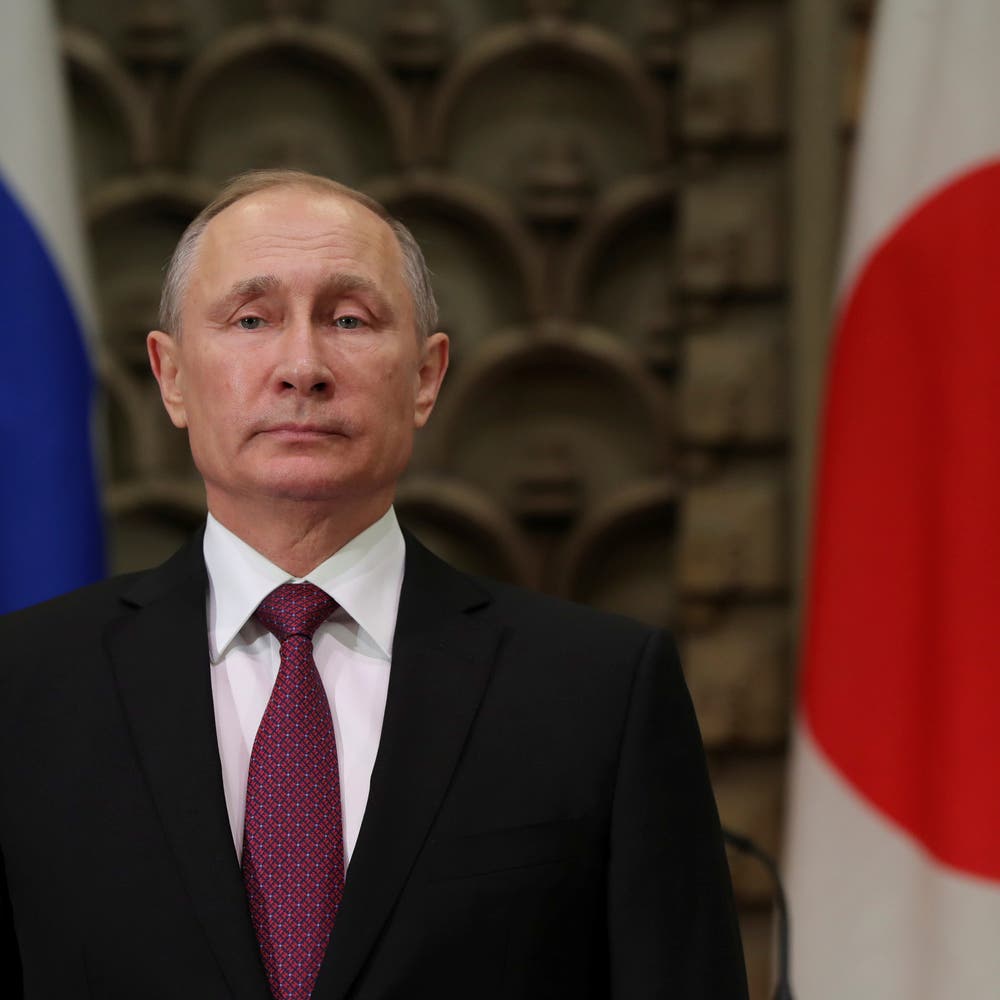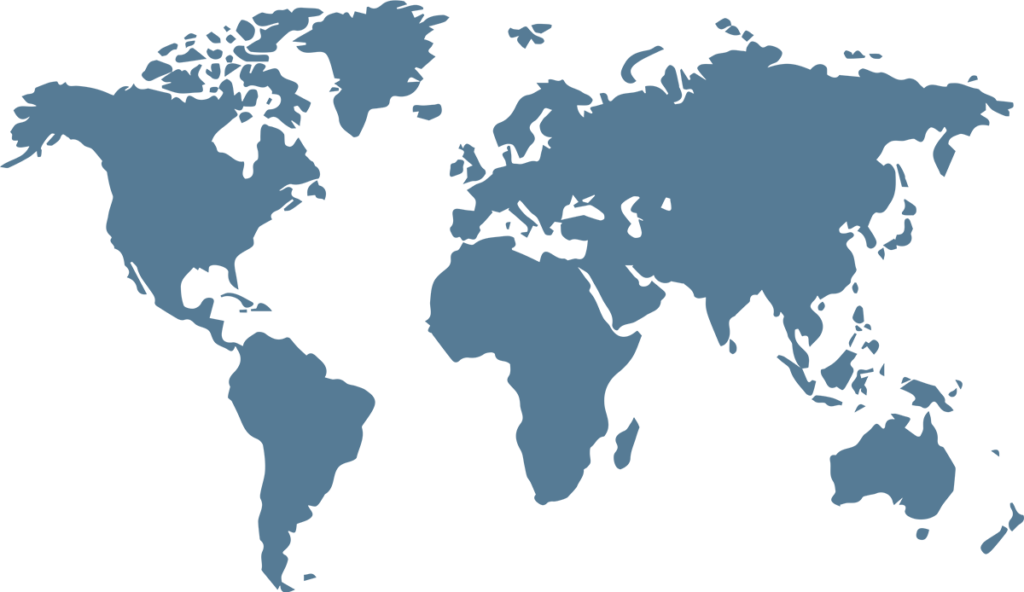On February 21st, President Putin while delivering his state of the nation addressannounced that “Russia is suspending its membership in the New START Treaty”. He went on to clarify that it was not a withdrawal but rather a suspension of participation. Interestingly, the treaty does not contain a provision about the parties (to the treaty) “suspending” their membership. Nevertheless, in article XIV the treaty recognizes the parties’ right to withdraw if they decide that “extraordinary events related to the subject matter” of the treaty have “jeopardized” their “supreme interests”. The withdrawing party would have to give notice containing “a statement of the extraordinary events”, which could jeopardize its supreme interests.
Signed in 2010, the New Strategic Arms Reduction Treaty (New START) took effect in 2011 for a period of 10 years; in 2021, the treaty was extended for another 05 years. In article II, New START caps the number of deployed warheads for both countries besides limiting the number of deployed and non-deployed delivery systems. Moreover, the treaty delineates the locations for basing deployed and non-deployed warheads besides stipulating a comprehensive mechanism of notifications for the exchange of information about changes in respective arsenals and most importantly the on-site inspections for verifications.
What is behind Russia’s suspension of its membership?
Russia’s invasion of Ukraine prompted the Western capitals to rally around the sole agenda of disgruntling Russian objectives in Ukraine, which Moscow entwines with its existential security interests. Western sanctions against Russia and the unremitting supply of weapons to Ukraine — which empowered Kyiv to drastically roll back Russian advances — pushed the antagonism between Moscow and the West all times high since the end of the Cold War. As the zero-sum interplay thrived, the positive-sum arrangements, such as arms control, were predictably going to be a casualty and this is exactly what transpired.
In August 2022, Russia “temporarily” halted inspection activities citing the lopsided travel restrictions on its inspectors by Washington imposed in the wake of the war in Ukraine and “no obvious indication” of a decline in the number of COVID-19 cases in the US. Moscow, however, underscored its full commitment to the other provisions of the treaty and as per the US State Department, stepped up the notifications under the treaty. Later, the talks to resume inspections slated in November were postponed by Moscow accusing Washington of “toxicity and animosity”. In late January 2023, the US State Department spokesperson criticized Russia for refusing to allow inspections and cautioned that Russian actions threaten the “viability of US-Russia nuclear arms control”.
During his state of the nation address, Putin alleged that repeated requests by Russia to inspect US facilities have been turned down by Washington. He claimed that “the West is directly involved in Ukraine’s attempts to strike” Russian strategic aviation bases and alleged that drones used in the attacks were “equipped and updated” by NATO. The attacks reportedly occurred in December 2022 at Engels air base which houses Russian long-range strategic bombers. The Russian Ministry of Foreign Affairs (MFA) later allegedthat the US undertook the attempts to “probe the protection” of Russian strategic facilities and that attacks on the facilities were launched by the US “military-technical and intelligence assistance”. Putin also rejected that matters related to strategic weapon systems can be disassociated from the war in Ukraine and the Western avowals to inflict a “strategic defeat” on Russia. The Russian MFA claimed that the US policies aim to “undermine Russia’s national security”, which belies the principle of “indivisible security” enshrined in the preamble of the New START. It goes without saying that the antagonism intensified by the war in Ukraine had finally spilled over to strategic arms control.
What would change after Russia suspended its membership?
Russia’s MFA upheld that Moscow would “strictly comply” with “qualitative restrictions” for strategic arms set by the treaty until its annulment. It also affirmed that the exchange of notifications on ICBM and SLBM launches would continue as per the 1988 Soviet-U.S. agreement. If the parties choose to adhere to the two items, there are few chances of an immediate arms race imperiling strategic stability.
Nevertheless, provided the inspections had already been stopped, the notifications for “removal from accountability” and changes in data concerning the strategic arms enshrined in articles VI and VII respectively would likely come to an end and so would the meetings of the Bilateral Consultative Commission (BSC). The developments would essentially mark an end to reciprocal transparency and mutual trust, which would have been crucial once the attempts to conclude a follow-on agreement to New START were to be made.
How the suspension would affect the future of arms control?
New START was the last remaining arms control treaty between the US and Russia, which together account for nearly 90% of the world’s nuclear weapons. Once the five-year extension of the treaty annuls in 2026 and given the cynicism around a follow-on agreement, it would be the first time since 1970 that there would be no limitations on the US and Russian strategic arsenals and delivery means. The non-existence of arms control between Washington and Moscow coupled with the obsolescence of some of the existing strategic systems and the emergence of new systems with strategic applications, a new and more intense strategic arms race would likely unfold.
On top of that, apart from the nuclear rivalry between the US and Russia, Washington — besides its threat perception of North Korea and that of its Pacific allies like South Korea and Japan — has recently been vociferously expressing concerns about what it claims is the large-scale modernization and expansion of the Chinese nuclear arsenal, which, as per the estimates by Pentagon, could have as many as 1000 warheads by 2030. Likewise, President Putin in his address alluded to the nuclear arsenals of Great Britain and France, which are “directed against” Russia and form NATO’s “combined offensive capabilities”. He did not miss adding the caveat that before talks on Russia restoring its membership of New START, Moscow “must have a clear idea” of the strategic capabilities of Great Britain and France.
Therefore, it is unlikely that either the US or Russia would agree to new arms control unless their other respective nuclear adversaries are also brought into the fold. And if China is to join arms control talks — which it has shown little interest till now — Beijing would unlikely overlook India’s growing strategic capabilities, which itself is vying to gain a strategic edge over its arch-rival Pakistan. Even if all the Nuclear Weapons States (NWSs) agree to participate in arms control talks, not only the participation of more parties would render it difficult to reach a consensus, but also the inclusion of de facto nuclear powers in arms control talks would further add to the complications. Contrariwise, in the absence of arms control, the arms race between the USA and Russia would also channel down the nuclear chain to impact the force postures of all the NWSs.


